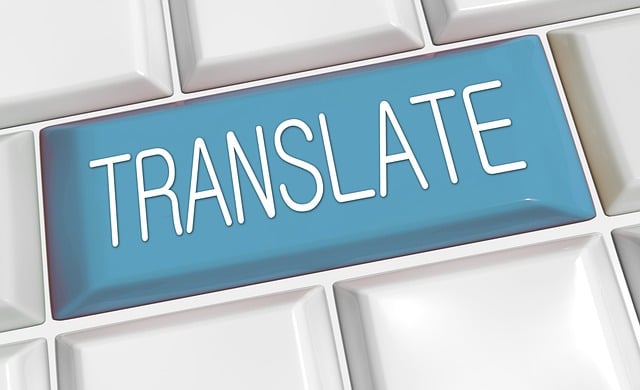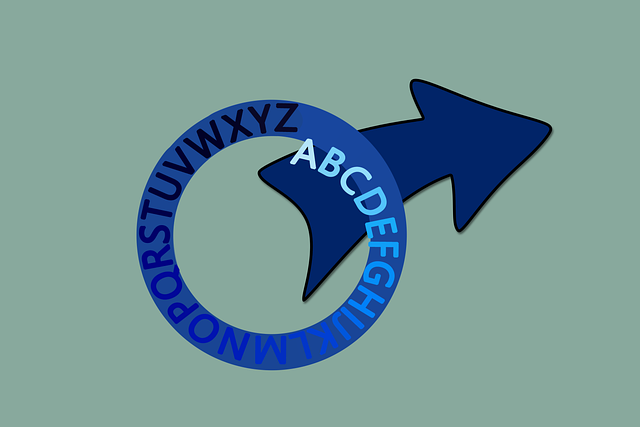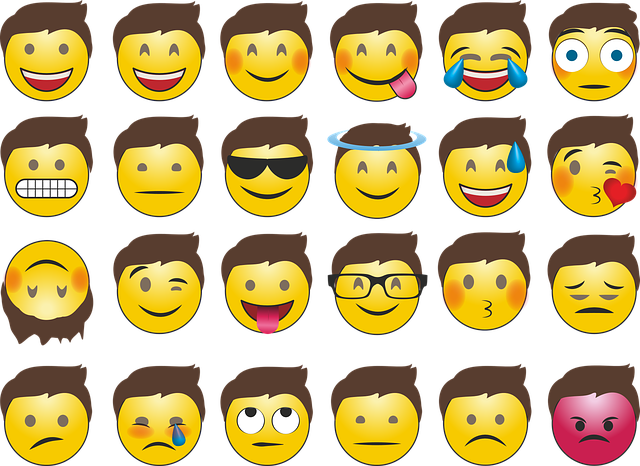
Cultural nuances are crucial for accurate translation, especially in marketing and legal contexts. Skilled translators bridge cultural gaps by understanding regional meanings, idioms, and semantic nuances. Contextual knowledge, native speaker involvement, and technology enhance translation quality while preserving cultural sensitivity. Advanced tools and immersive platforms facilitate global communication, breaking down language barriers through respectful, inclusive content.
“Overcoming cultural biases during translation is an essential step towards accurate and respectful communication across languages. This article explores critical aspects of this process, including understanding nuanced cultural differences, identifying language-embedded biases, and steering clear of stereotypical representations. We delve into strategies such as context-aware translations, leveraging native speakers, and the evolving role of technology in achieving bias-free interpretations. Discover how these approaches ensure that translated content resonates authentically with diverse audiences.”
- Understanding Cultural Nuances in Translation
- Identifying Biases: A Deep Dive into Language
- Context Matters: Overcoming Stereotypical Representations
- Balancing Accuracy and Cultural Sensitivity
- Leveraging Native Speakers for Bias-Free Translations
- The Role of Technology in Bias Mitigation
Understanding Cultural Nuances in Translation

Understanding cultural nuances is an essential aspect of effective translation. When translating texts, especially for globalized audiences, it’s crucial to recognize that words carry different weights and connotations across cultures. A phrase that seems harmless in one language might hold a negative or offensive meaning in another due to unspoken cultural references and idiomatic expressions. For instance, what is considered polite in one culture could be perceived as impolite in another. Skilled translators must go beyond word-to-word translations and interpret these subtleties to ensure the message remains authentic and culturally sensitive.
In the realm of language-specific marketing strategies, understanding cultural nuances is a game-changer. When translating for specific websites or technical manuals, it’s not just about converting text; it’s about adapting messages to resonate with diverse audiences. Efficient project workflows in translation often involve crowdsourcing translations, which can be beneficial for reaching wider audiences. However, even when leveraging technology and global teams, human translator skills remain indispensable for interpreting complex cultural nuances, especially in translating technical manuals or literature, ensuring the integrity of the original message across languages and cultures. Visit us at [human translator skills] to explore how we navigate these complexities in translation projects.
Identifying Biases: A Deep Dive into Language

In the intricate world of translation, cultural biases lurk beneath the surface of every word. To effectively translate, one must first navigate through these subtle nuances, where language is more than mere syntax—it’s a vessel carrying rich cultural implications. A deep dive into this linguistic landscape reveals that many words and expressions hold unique regional meanings, often leading to miscommunication or misinterpretation when transferred across borders. For instance, the same phrase may carry vastly different connotations in distinct legal contexts, as legal document interpretation demands precision to avoid contractual or regulatory pitfalls.
Overcoming these biases requires a multifaceted approach. Language learning apps can equip translators with foundational knowledge of semantic considerations and local market understanding. By immersing oneself in diverse cultural environments, be it through travel or interaction with native speakers, translators gain invaluable insights into idiomatic expressions and colloquialisms that might otherwise remain abstract concepts. Furthermore, translation as cultural bridge involves a mindful effort to bridge the gap between source text and target language, ensuring not just accurate translate, but also preserving the essence of the original message within the constraints of another linguistic system. Discovering us at semantic considerations can be a powerful step in this direction.
Context Matters: Overcoming Stereotypical Representations

Context plays a pivotal role in overcoming cultural biases during translation. What might be an acceptable phrase or expression in one culture can carry entirely different connotations, even meaning, in another. Translators must understand that a word or sentence doesn’t exist in isolation; it’s part of a larger context, rich with social and cultural nuances. To effectively translate, one must grasp these subtleties to avoid reinforcing stereotypes or introducing misinterpretations.
For instance, when translating an official document for international legalization, the use of language should transcend simple word-for-word correspondence. It involves learning foreign vocabulary, understanding local idioms, and even delving into cultural norms. A well-executed content strategy for international reach shouldn’t just break down language barriers; it should bridge them. This requires a nuanced approach where context is king, ensuring that the translated document resonates authentically with its target audience.
Balancing Accuracy and Cultural Sensitivity

In the realm of translate, balancing accuracy and cultural sensitivity is an art that requires meticulous attention. While precise linguistic rendering is crucial for conveying meaning effectively, it’s equally important to respect and maintain the nuances and context-specific elements of a culture. This delicate equilibrium demands a deep understanding of both languages and their respective cultural landscapes.
Quality assurance in translation plays a pivotal role here. Employing volunteer translator networks that comprise native speakers with diverse cultural backgrounds can help ensure a nuanced approach. Additionally, leveraging tools offering real-time translation can facilitate rapid feedback loops, enabling quick adjustments to capture the essence of the source text while adhering to cultural sensitivities. Even poetic license in translation should be considered strategically, allowing for creative interpretations that preserve the core message and spirit of the original content, especially when conveying abstract concepts or cultural references across languages. Find us at heritage documentation through translation real-time translation tools for more insights into navigating this essential aspect of professional translating services.
Leveraging Native Speakers for Bias-Free Translations

Leveraging the expertise of native speakers is an effective strategy to mitigate cultural biases during translation. These individuals, deeply rooted in their respective cultures, can offer invaluable insights into nuances, idioms, and contextual meanings that might be challenging for non-native translators to grasp. By involving them in the process, especially for immersion simulations or when translating personal documents, you ensure a more accurate representation of cultural contexts.
Native speakers can also play a critical role in quality assurance (QA) for translation projects. They act as a bridge between the source text and its intended audience, identifying potential biases or misinterpretations that may have slipped through during conceptual anytime translations. This collaborative approach enhances overall translation quality, ensuring that the final output resonates with the target culture without losing the essence of the original content.
The Role of Technology in Bias Mitigation

In today’s interconnected world, technology plays a pivotal role in bridging cultural gaps and facilitating accurate translation. Advanced machine learning algorithms have emerged as powerful tools to detect and mitigate implicit biases during the translate process. These technologies analyze vast data sets to identify patterns and nuances, ensuring that cultural context is preserved across languages. By drawing from diverse linguistic resources, these systems can offer more objective interpretations, thereby reducing potential stereotypes and misconceptions.
Furthermore, interactive language practice platforms leverage technology to create immersive environments where users can engage with different cultures directly. This not only enhances the learning experience but also fosters a deeper understanding of cultural subtleties. SEO considerations for multilingual sites are increasingly important in this context, as they enable content creators to target global audiences effectively. By optimizing websites for multiple languages and ensuring accessibility, businesses can break down language barriers and find us at preserving cultural context, ultimately promoting inclusivity and mutual respect.
Overcoming cultural biases in translation is a multifaceted challenge that requires a deep understanding of linguistic nuances, context, and sensitivity. By identifying and addressing biases through diverse teams, leveraging native speakers, and utilizing advanced technology, we can achieve more accurate and culturally appropriate translations. This approach not only enhances communication but also fosters cross-cultural understanding, ensuring that the original intent and meaning are preserved in every word we translate.






